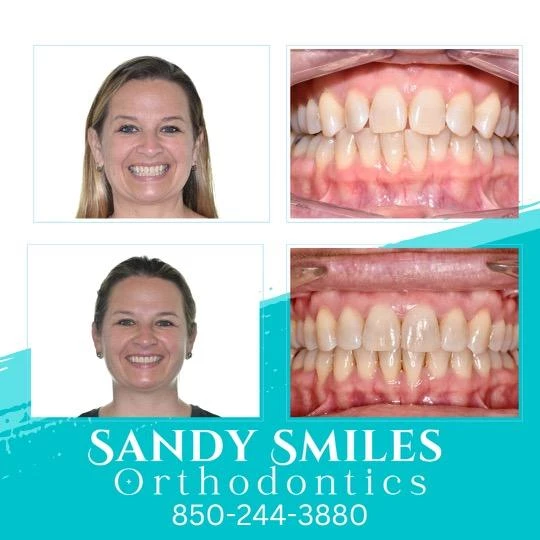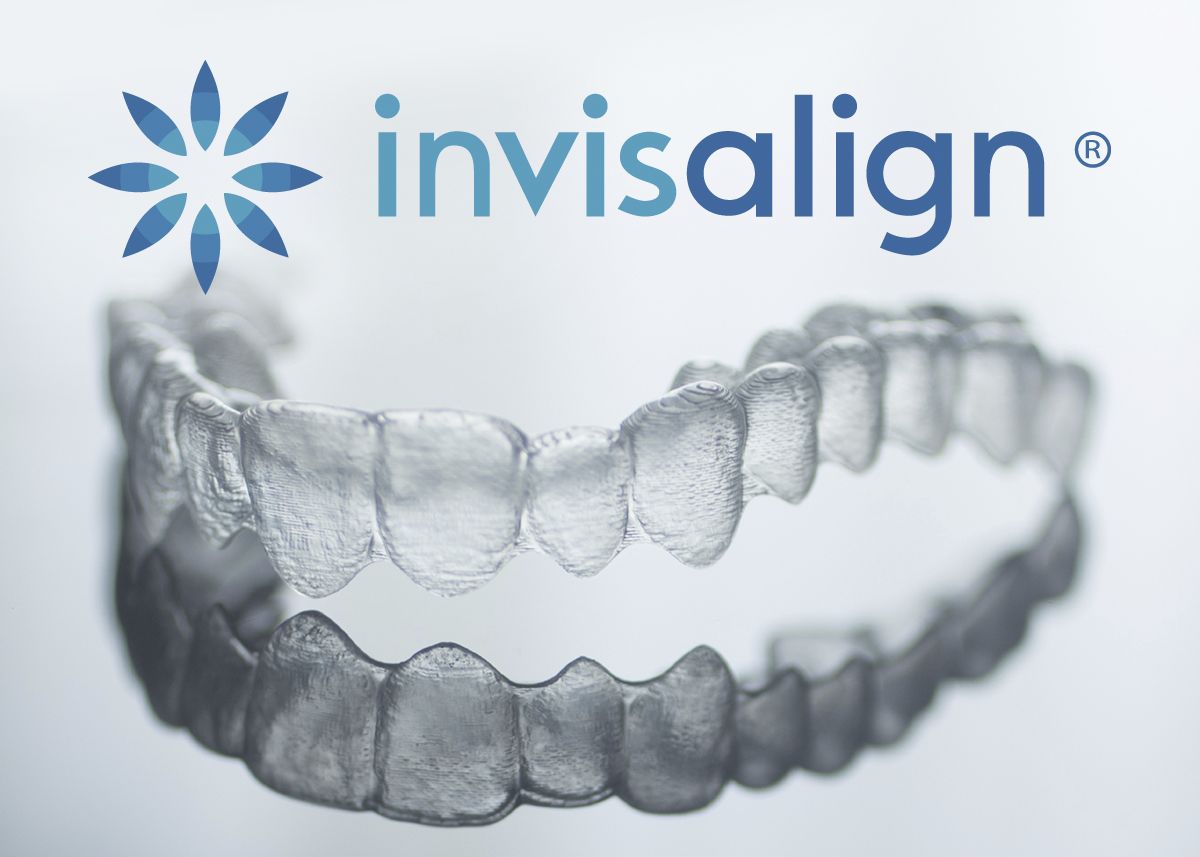Invisalign for Teens: A Modern Solution to Straightening Young Smiles
Invisalign for Teens: A Modern Solution to Straightening Young Smiles
Blog Article
Invisalign vs. Typical Dental braces: Which Choice Is Right for You?
When considering orthodontic therapy, the choice in between Invisalign and typical dental braces presents a number of vital aspects that warrant cautious assessment. Invisalign uses a discreet choice with detachable aligners, while conventional dental braces supply a more visible yet reliable remedy for extreme misalignment.
Overview of Treatment Choices

In comparison, typical dental braces consist of metal brackets and cables that are bonded to the teeth. This method uses continuous stress gradually to attain positioning. While effective for complicated orthodontic concerns, conventional dental braces need routine gos to for modifications and can pose difficulties in preserving dental hygiene because of the problem of cleaning about brackets and wires.
Both options have their merits, and the option usually rests on details oral problems, way of living choices, and person compliance. Ultimately, seeking advice from an orthodontic professional is essential for identifying one of the most appropriate treatment strategy customized to specific requirements. Understanding the nuances of each alternative can significantly affect the general success of orthodontic therapy.
Visual Considerations
A substantial element influencing the choice in between Invisalign and typical braces is the aesthetic appeal each therapy uses. Invisalign aligners are crafted from clear plastic, making them basically undetectable when used. This discreet look is especially interesting teenagers and adults who may feel uncomfortable regarding their orthodontic treatment. The capability to preserve an all-natural smile throughout the positioning procedure can significantly improve the individual's confidence in social and expert settings.
In contrast, traditional braces are composed of steel braces and cords, which can be much more noticeable. While innovations in orthodontic innovation have caused the development of smaller braces and tinted elastics, standard dental braces still preserve a more obvious profile. For some individuals, the presence of braces might deter them from looking for needed treatment.
Eventually, the option between Invisalign and typical dental braces might pivot on individual preferences concerning aesthetic appeals. People that prioritize discretion frequently lean towards Invisalign, while those that are much less worried concerning visibility may choose standard dental braces. Recognizing the aesthetic effects of each alternative is vital for making an informed decision that lines up with one's way of life and choices.
Comfort and Convenience

In terms of comfort, Invisalign aligners are removable, enabling patients to enjoy their preferred foods without limitation and maintain ideal dental hygiene. Cleaning and flossing are streamlined, as the aligners can be obtained throughout these regimens, whereas standard dental braces need careful maneuvering around cords and brackets.
In comparison, traditional dental braces necessitate normal modifications, making them much less practical for those with hectic routines. On the whole, the convenience and convenience of Invisalign make it an appealing selection for lots of people seeking orthodontic therapy.
Treatment Duration and Performance
While both Invisalign and conventional braces work in correcting dental misalignments, the you can try these out period of therapy can vary significantly between both choices. Usually, Invisalign therapy can take anywhere from 12 to 18 months, depending on the intricacy of the situation. The clear aligners function by progressively moving teeth into their desired settings, and regular follow-ups with an orthodontist aid ensure progress remains on course.
On the other hand, conventional braces frequently require a longer dedication, normally ranging from 18 months to three years. This results from their set nature and using cords and brackets, which can be a lot more reliable for intricate cases and serious imbalances (Invisalign). The therapy effectiveness of typical braces is well-documented, as they enable accurate modifications and higher control over tooth motion
Inevitably, the option in between Invisalign and conventional braces may depend upon both the awaited therapy duration and the certain dental issues handy. Consulting with an orthodontist is important, as they can supply customized referrals based on individual requirements, making certain the picked method straightens with preferred results and durations.
Expense Contrast and Insurance Choices
Expense plays a substantial function in the decision-making procedure for people taking into consideration orthodontic treatment, whether choosing Invisalign or typical braces. On standard, the cost of Invisalign varieties from $3,000 to $8,000, while standard braces commonly cost in between $2,000 and $6,000. Factors influencing these costs include the complexity of the situation, the duration of therapy, and geographical location.
Insurance insurance coverage can significantly influence out-of-pocket costs. Numerous dental insurance policy strategies give partial protection for orthodontic treatments, but the specifics can differ widely. It is vital for people to assess their insurance plan to establish the extent of coverage for either option. Normally, standard braces may be much more often covered by insurance coverage strategies contrasted to Invisalign, which some insurance companies categorize as a cosmetic procedure.
In addition, several orthodontic techniques supply versatile layaway plan, making both treatment choices much more available. Individuals should ask about potential financing choices and discounts for ahead of time repayments. Reviewing the total expense, consisting of insurance coverage benefits and layaway plan, company website is crucial for making an educated decision that aligns with both visual preferences and spending plan factors to consider.

Verdict
In recap, the choice in between Invisalign and standard dental braces rests on multiple variables, including aesthetic preferences, convenience, treatment duration, and expense. Invisalign provides a discreet, detachable alternative original site that promotes oral hygiene and nutritional adaptability, while conventional dental braces might be better for complex oral concerns and frequently come at a lower price factor. Eventually, examination with an orthodontist is necessary to assess individual scenarios and establish the most proper treatment choice for achieving ideal dental positioning.
When taking into consideration orthodontic treatment, the choice between Invisalign and traditional dental braces presents several important factors that warrant careful evaluation.Contrasting Invisalign and typical braces exposes distinct treatment alternatives for orthodontic adjustment.While both Invisalign and traditional dental braces are reliable in remedying dental misalignments, the period of treatment can vary substantially in between the two alternatives.Price plays a considerable function in the decision-making procedure for individuals thinking about orthodontic therapy, whether choosing for Invisalign or standard dental braces.In recap, the option between Invisalign and conventional braces hinges on several aspects, consisting of visual choices, convenience, therapy duration, and cost.
Report this page